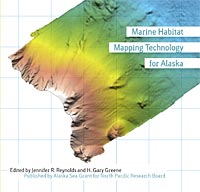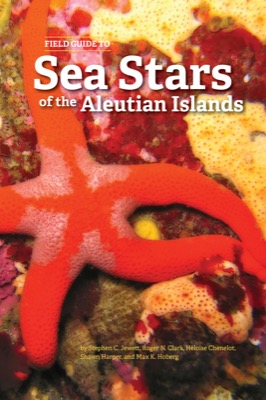
Small-Boat Surveys in Shallow Water
Robert Mason Hare
- Price: Free
 This is part of Marine Habitat Mapping Technology for Alaska
This is part of Marine Habitat Mapping Technology for Alaska| Format | Price | |
|---|---|---|
| PDF download [996.3 KB] Bypass cart and download |
Free | Add to Cart |
Description
The Canadian Hydrographic Service (CHS) has for many years used small boats (launches) to conduct surveys in shallow water for the purpose of nautical charting. Prior to WW II, soundings would have been taken by leadline, providing depths and often some limited information about the seafloor type at each sample. For about the next half-century, soundings were acquired by single-beam echosounder, which evolved from wide-beam analogue equipment to modern digital narrow-beam sounders with capacity for classification of the returning acoustic pulse. Seabed samples (for charting purposes) were acquired in a separate operation involving either an armed leadline or grab samplers deployed using a winch. Sidescan sonars evolved from an oblique-looking single-beam transducer to modern high-resolution systems of today.
In the last decade, most shallow-water surveys have been conducted using multibeam echosounder systems (MBES);
for practical reasons we limit the minimum operational depths to about 10 meters. Bathymetric (phase-measuring) sidescan sonars (BSSS) may allow us to look from this operational depth limit into the shoreline. For the moment, however, the way we collect bathymetry using these modern tools is leaving a gap between the low-water line and the adjacent survey data. More and more, the data acquired are being used not for navigational safety but for myriad other applications.
This paper considers some of the operational issues of acquiring high-resolution bathymetry and acoustic backscatter information in shallow water aboard hydrographic launches.
Item details
- Item number: AK-SG-08-03f
- Year: 2008
- DOI: https://doi.org/10.4027/mhmta.2008.05



